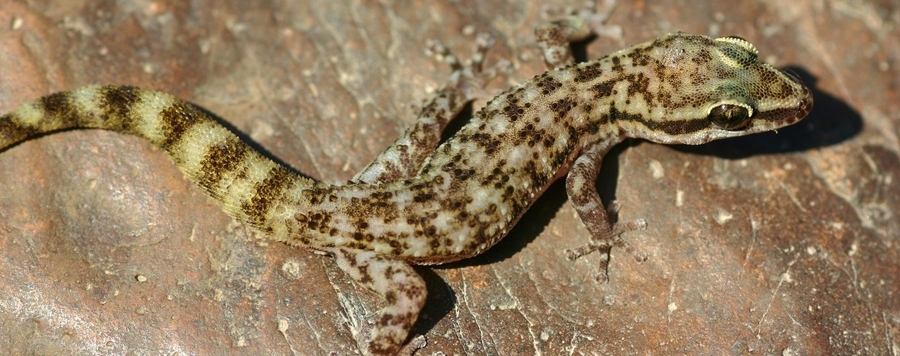
Ecology of a Peruvian gecko assemblage
The ecology of four phyllodactylid geckos, three of them only recently discovered, viz. Phyllopezus
maranjonensis, Phyllodactylus delsolari, Phyllodactylus thompsoni and Phyllodactylus reissii, was studied in a northern interandean basin of Peru. P. maranjonensis and P. delsolari were almost always encountered together and were exclusively found on rock faces; P. thompsoni was found in various microhabitats and coexisted with all three other species; P. reissii was rarely found and only in one locality on the walls of an abandoned house, coexisting solely with P. thompsoni. All species fed on arthropods with isopods, coleopterans and insect larvae dominating their diet, numerically. Stones and eggshells could be found in the stomachs of gravid P. maranjonensis females. Dietary niche breadth values for all species are well above 1 and similar. Dietary niche overlap among all species is low, except for P. delsolari and P. reissii, which might be associated with the low abundance of P. reissii in this area. Niche overlap among P. maranjonensis and P. delsolari was low and probably makes their coexistence possible, despite their remarkable size.






